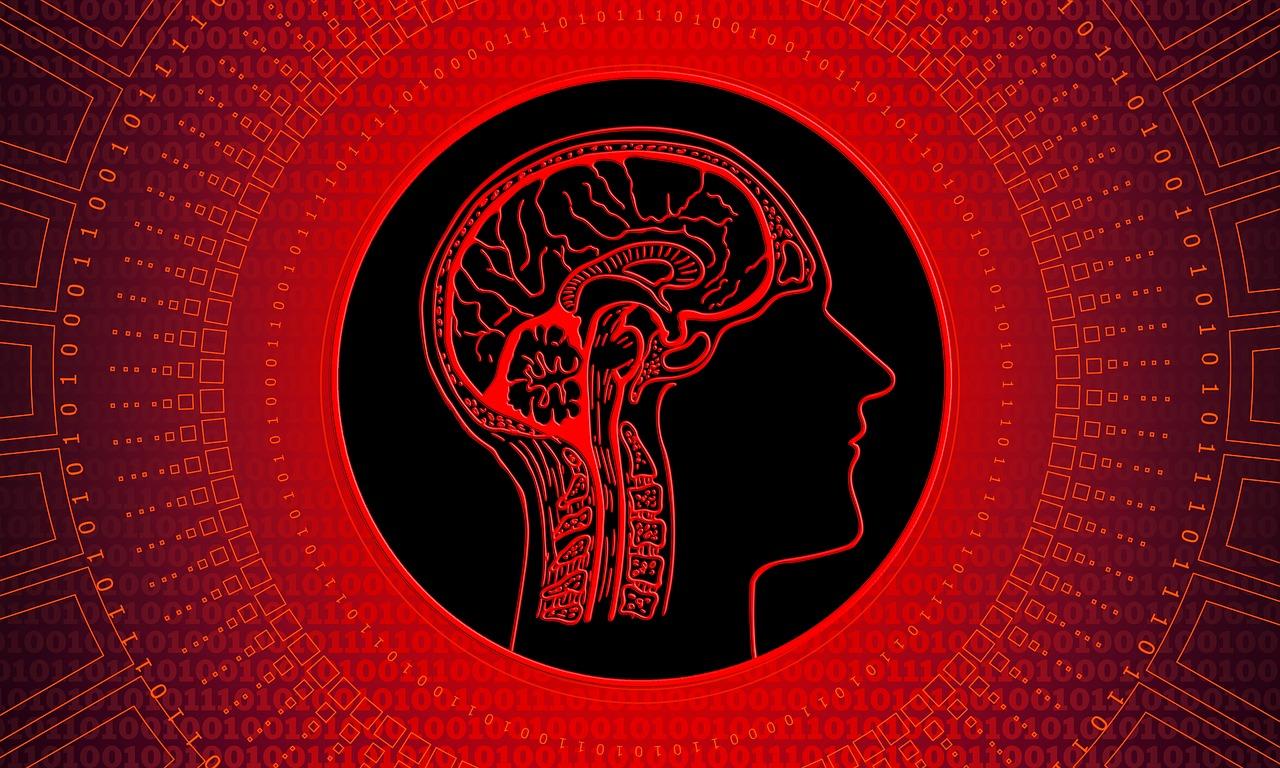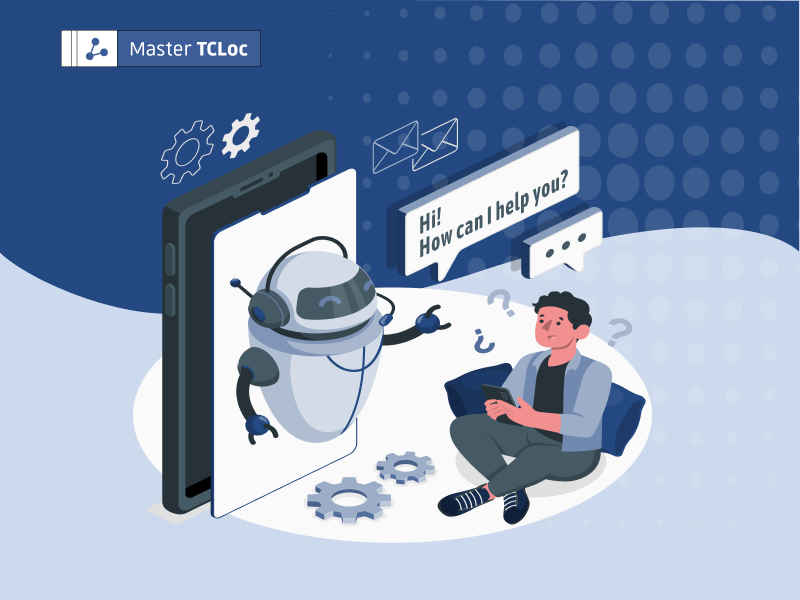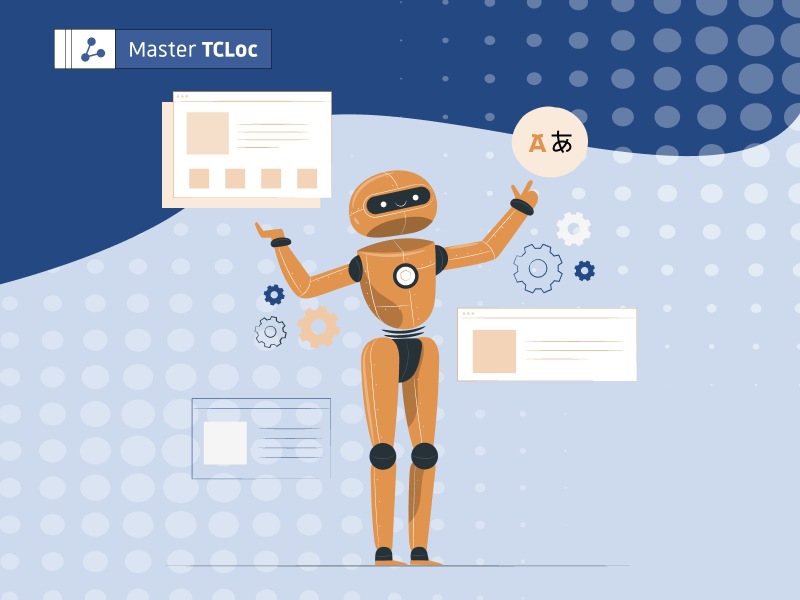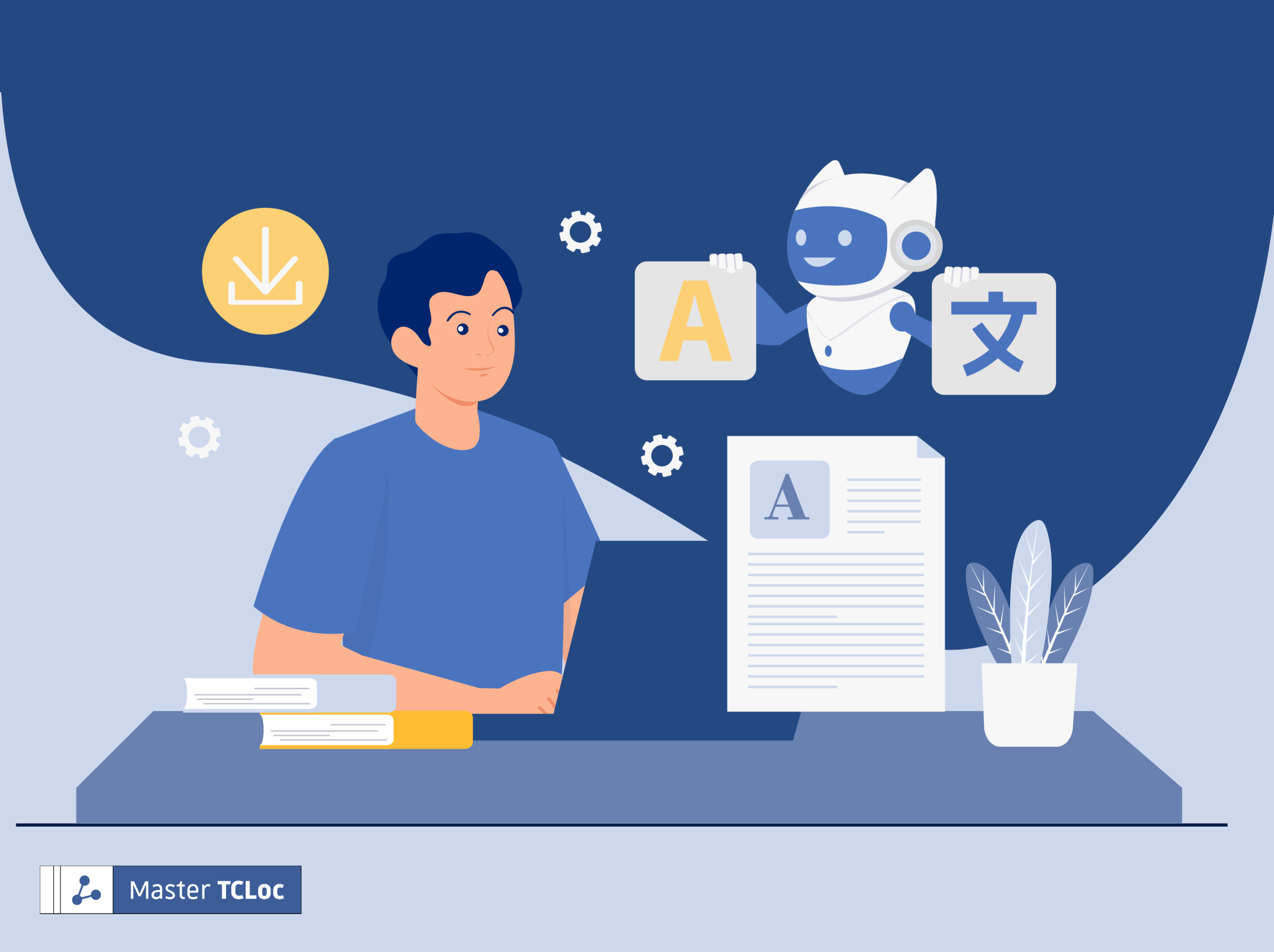Could it really be? A Breakthrough after decades of research in machine translation? Microsoft have recently stated that their machine translation research team has reached ‘human translation quality’. This leads to the question: Will translators soon be replaced by machines? This article will shed light on the future role of human translators and linguists in the era of artificial intelligence (AI) and neural machine translation (NMT).
Quality of neural machine translation output
If you continue to read Microsoft’s article, you will learn that their claim only applies from Chinese to English translations of news articles. Researchers don’t even know whether human parity can be reached for every language pair. Other experts question the assessment of machine translation quality. MT assessment focuses strongly on sentences without their context. The use of anaphora such as pronouns is not assessed correctly. Sometimes low quality human translations serve as reference for the assessment. Currently, NMT only seems to be yielding its best results under artificial conditions when the context is controlled.
Current implementation of artificial intelligence
Could there be a more realistic view of AI and NMT in the language industry? Researchers predict that translators will be able to use machine translation in their daily life as a work tool which will perform repetitive tasks. This means that machines will carry out routine tasks. However, some would argue that this is already happening today!
Artificial intelligence is already part of various CAT (Computer Assisted Translation) tools in the form of:
- predictive typing functions and vocabulary suggestions from previously translated content.
- fragments of sentences which are automatically inserted or suggested with accuracy up to 100%, as well as ‘fuzzy matches’ from the translation memory bank.
- machine translation engines can be integrated into CAT tools through API.
Nowadays, translators already work intensively with artificial intelligence. Post-editing of MT output is part of most translators’ daily life, but often they are unable influence the process and its outcomes.
More interaction between human translators and tools
How will AI change the work of human translators in the future?
Researchers predict that technology and NMT will play a key role in the future of translators and linguists. Based in Massachusets, USA, ‘The Common Sense Advisory’ team have been developing a concept called “Augmented Translation.” Just as “Augmented Reality” has its applications, this concept will make relevant information accessible to translators when they need it. The translators will be in the center of various technologies. Some of them are already in use, some of them are currently awaiting validation by respective governing bodies.
Besides technologies such as translation memory and terminology management, translators will benefit from adaptive neural machine translation and automated content enrichment.
But what are the benefits from adaptive NMT and automated content enrichment (ACE)?
Adaptive NMT learns from the feedback the translator inputs. It adapts to the translator’s writing style, automatically learns terminology and works on a sub-segment level. This means that linguists can actively influence the translation suggestions the system provides.
Automated content enrichment helps the translator by giving information on ambiguous words and helping translators to localize a variety of content to numerous cultures. It is strongly connected with terminology management, as it searches through a terminology database.
Within the concept of “Augmented Translation,” translators will have instant access to all relevant information needed when translating, meaning that they won’t have to look up the previous translation of a word which is not in the terminology, they won’t have to disambiguate words using different dictionaries and countless Internet searches. Translators will finally be able to influence the suggestions of neural machine translation systems. Terminology systems and the contained metadata are only set to gain in importance as more and more important translation and localisation several gain access to it.
If you want to learn more about artificial intelligence, you may find this video about Google’s Deep Mind inspiring!
Thank you for reading, we hope you found this article insightful.
Want to learn more or apply to the TCloc Master’s Programme?
Click HERE to visit the homepage.



